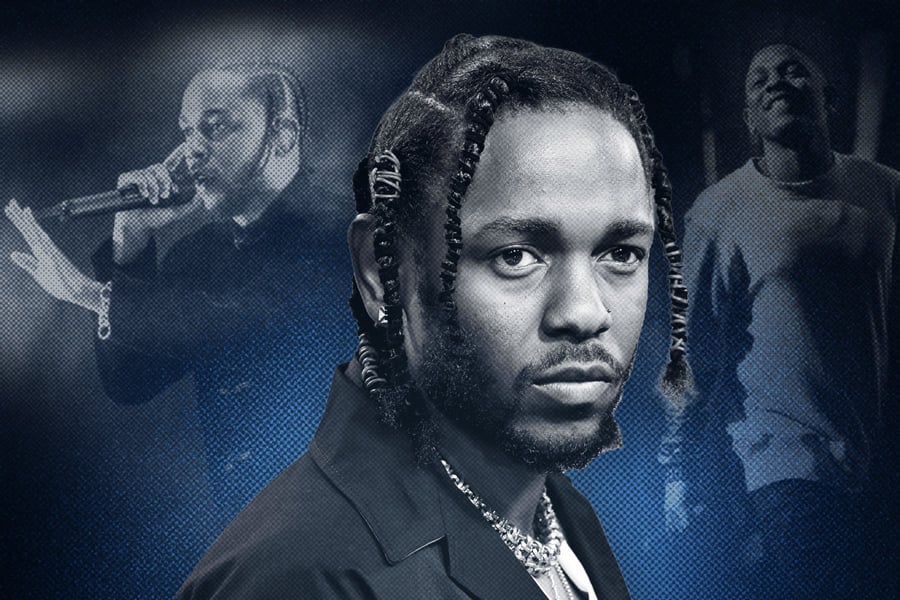The 50 Greatest Kendrick Lamar Songs
Kendrick is the most important and groundbreaking rapper of the last 15 years — a Pulitzer winner who raises the bar with each new banger. Here are the finest moments in a career that’s been pretty much nothing but high points

Photographs in Photo Illustration by Amy Harris/Invision/AP; Frazer Harrison/Getty Images; Joel Ryan/Invision/AP
Kendrick Lamar’s discography has a subtle kind of depth. His catalog is full of gems you either missed or were never aware of. Maybe you forgot about his brilliant 2016 project, untitled unmastered, or his standout run of mixtapes released in the years preceding his mainstream breakthrough. And when it comes to the hits, he has a way of outdoing himself so thoroughly that each banger replaces the last in our collective psyche. “Swimming Pools (Drank)” is one of the greatest songs of the past decade, and it exists on the same album (2012’s good kid, m.A.A.d. city) that has “Backseat Freestyle,” which is, somehow, even better. His instantly iconic LPs To Pimp a Butterfly and DAMN. are similarly stocked with classics.
Now, with his final Top Dawg Entertainment album on the way and his Super Bowl appearance with Dr. Dre. and Snoop Dogg booked for next year, we thought it would be the perfect time to look back on how far he’s come. So we’ve compiled a list of his 50 greatest songs, from monster hits like “Humble” to anthems like “Alright,” to must-hear deep cuts. Ranking the list wasn’t easy — with an artist like Kendrick, who’s spent his entire career going from high point to high point, it’s nearly impossible. But at least we can say we tried.
From Rolling Stone US




















































































